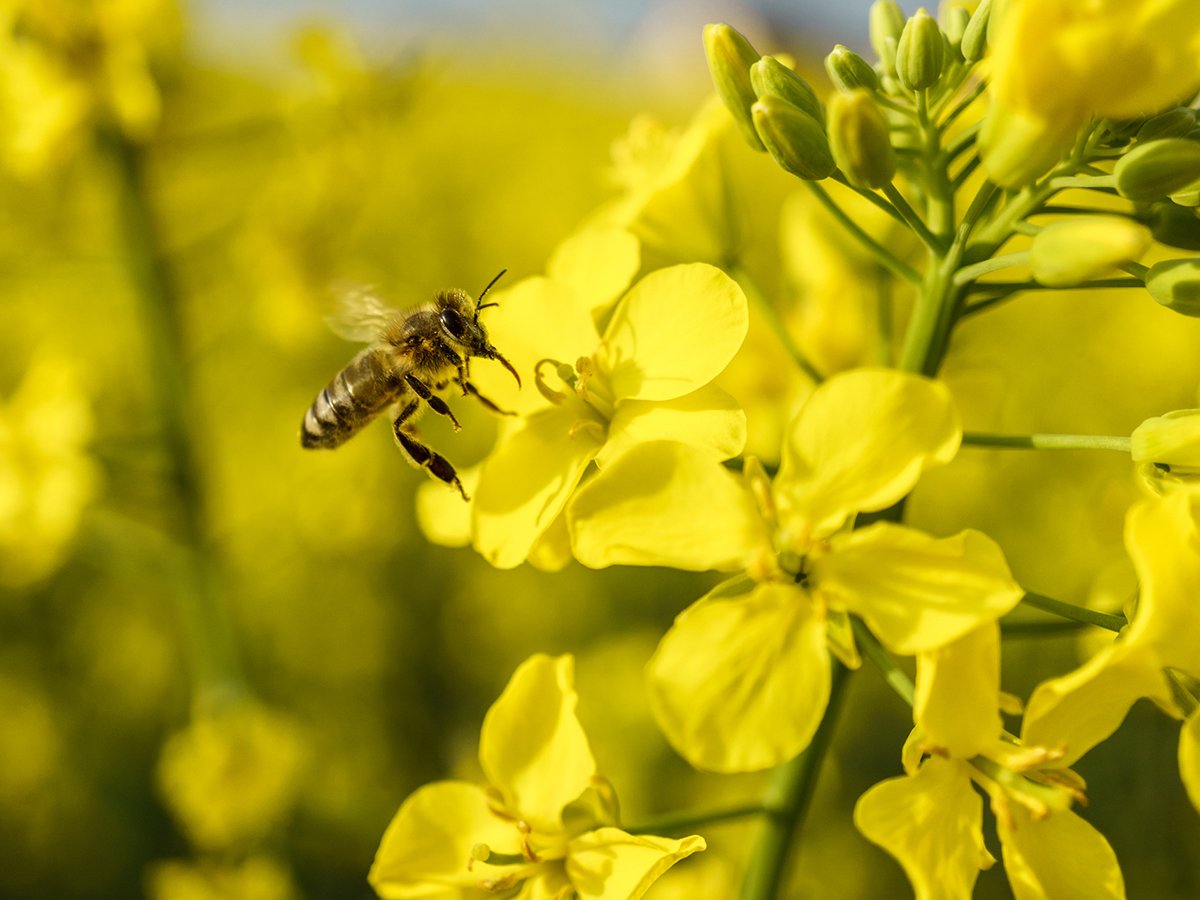It’s creeping up on us: herbicide resistance is changing the way we think about weed control.
The warnings have been coming for years, but it always seemed like someone else’s concern, or we thought the problems would be solved by new herbicide chemistries before it became serious.
Even now, with herbicide resistant weed issues rapidly escalating, it’s hard to take the advice and use two or three different modes of action to address a weed problem. That’s expensive and time consuming, so most producers don’t take that approach until they must.
Read Also

Invigor Gold variety viewed as threat to condiment mustard
Invigor Gold, the canola-quality mustard developed by BASF, is on a collision course with Canada’s condiment mustard industry. It’s difficult to see how the two can co-exist.
As for new herbicide chemistries, there aren’t many. More often the industry is going back into the toolbox of bygone years to use old products in new ways. Old products such as Avadex for wild oat control have found a new use because they have a different mode of action.
Unfortunately, this approach has a couple problems: some of the old chemistries are not as safe as newer products and their continued registration could be in question.
As well, new use patterns can lead to new problems. Xtend soybeans in the United States are a prime example.
In addition to being Roundup (glyphosate) resistant, Xtend soybeans are also resistant to an old chemistry known as dicamba, thereby providing a mechanism to control an ever increasing population of glyphosate resistant weeds. You can’t blame farmers for adopting the new varieties to solve their weed problems.
However, dicamba, even with new formulation, is prone to vapour drift, which has resulted in thousands of crop damage claims to adjacent fields. After last year’s disaster, many states have taken steps to limit or even ban its use.
Against this backdrop, the whole industry is starting to consider a more integrated approach to weed control.
At one time, tillage was demonized by direct seeding, zero tillage advocates. Now, the concept of selective tillage is gaining acceptance. No one is advocating the kind of extensive tillage that caused dustbowl conditions in the 1980s, but tillage is no longer a weed control method to ignore.
Here’s a case where conventional agriculture is learning a thing or two from organic farmers and where technology isn’t simply about new herbicide chemistry.
For instance, performing shallow tillage between crop rows is becoming more viable as technology advances. It’s extremely rare on the grain farms of Western Canada, but it may be much more common in five or 10 years.
Long-known cultural methods of weed suppression are receiving more attention, such as an increased seeding rate and narrower crop rows. Intercropping, in which two crops are grown together, is also viewed as a way to combat weed pressure.
Crop rotation is part of the solution because different crops allow the rotation of different herbicide groups. Unfortunately, many of the minor acreage crops have fewer herbicide options, which might hinder their adoption.
You may have seen reports of the Harrington Seed Destructor from Australia, which is pulled behind the combine to crush weed seeds. Although expensive, this proactive approach to weed control is receiving a lot of research attention.
Nature will always find a way. Many weed populations eventually evolve to have resistance to a particular herbicide group. From there, you can get populations that become immune to two or more modes of action.
It’s predictable, and we were warned. Herbicides will continue to be the centrepiece of weed control efforts, but non-herbicide options can’t be ignored. New approaches to weed control will be a growth industry over the next decade.















